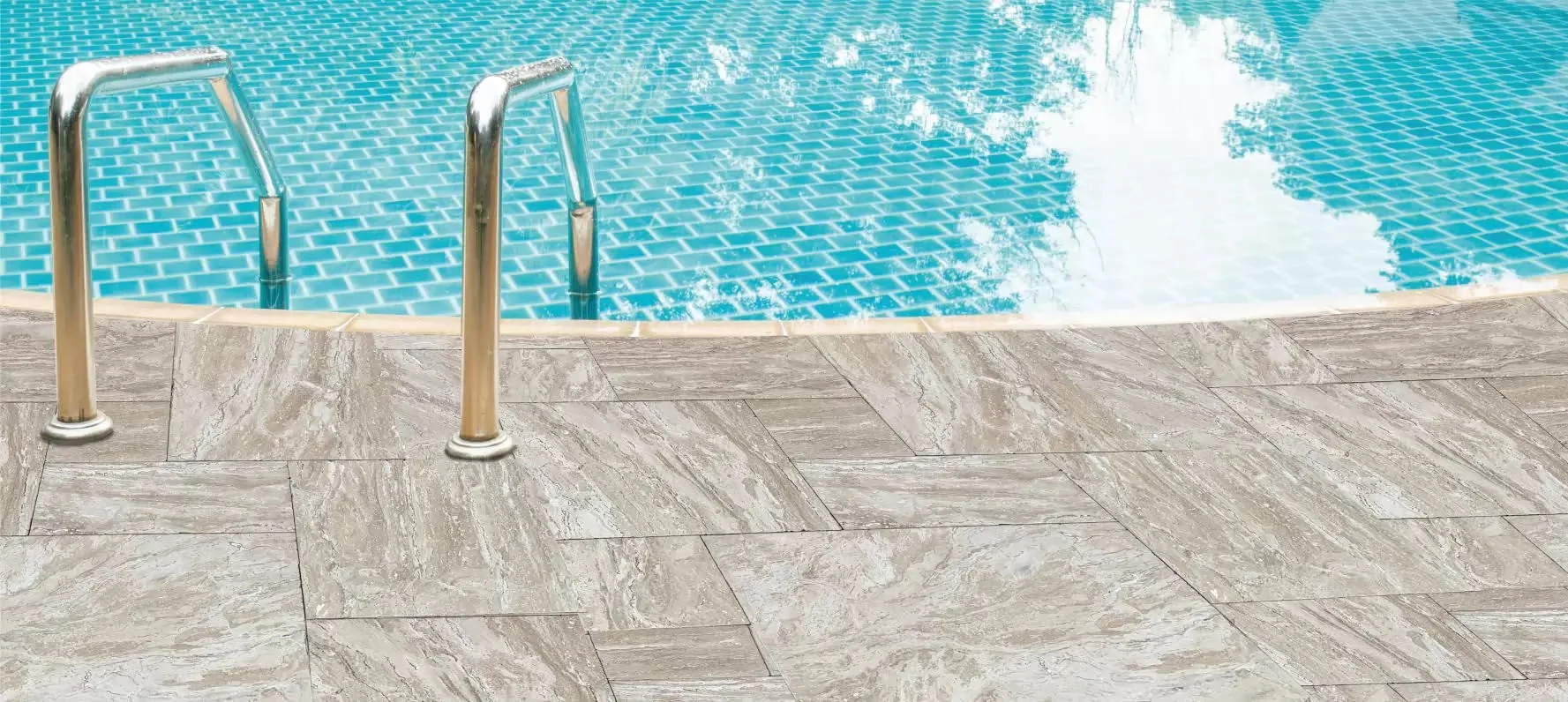What damages travertine pavers? Travertine pavers are a timeless choice for patios, driveways, pool decks, and walkways. Their natural beauty, durability, and cool-to-the-touch surface make them a favorite for outdoor spaces. However, like any natural stone, travertine is not indestructible. Understanding what can damage travertine pavers is key to keeping them looking great for years to come.
1. Harsh Weather Conditions
Although travertine is naturally durable, extreme weather can take a toll over time.
-
Freezing and thawing cycles can cause cracks if water seeps into the stone.
-
Intense heat can fade unsealed pavers, especially in areas with prolonged sun exposure.
-
Heavy rain can erode grout lines or wash away joint sand if not properly maintained.
2. Acidic Substances
Travertine is a form of limestone, which means it is highly sensitive to acidic materials.
-
Spills from citrus juices, vinegar, wine, or soda can etch the surface.
-
Fertilizers or acidic cleaners can also cause pitting and dull spots.
Always use pH-neutral cleaners designed for natural stone to avoid long-term damage.
3. Heavy Impact and Abrasion
Even though travertine is strong, it can chip or crack under excessive force.
-
Dropping heavy furniture, grills, or planters can leave permanent marks.
-
Metal patio furniture can scratch the surface if dragged instead of lifted.
Using protective pads and being mindful of weight distribution will help extend their life.
4. Improper Cleaning Methods
Travertine requires specific care to preserve its natural finish.
-
Pressure washers set too high can erode the surface and open pores.
-
Harsh chemicals like bleach, ammonia, or acidic cleaners break down the stone.
-
Abrasive scrub brushes can scratch polished or honed surfaces.
5. Lack of Sealing and Maintenance
Sealing is one of the most important steps in protecting travertine pavers.
-
Unsealed stone absorbs water, dirt, and stains quickly.
-
Algae, mold, and mildew thrive in damp areas like pool decks if sealing is neglected.
-
Without resealing every few years, travertine loses its natural luster and becomes more vulnerable to staining.
6. Salt and De-icing Products
If travertine is installed in colder climates, salt and de-icing chemicals can cause serious deterioration. The stone absorbs the chemicals, leading to flaking, crumbling, and discoloration. Instead, use sand or stone-safe alternatives during winter months.
7. Plant and Root Growth
When pavers are installed near trees or in gardens, root systems can shift or lift them over time. Moss and weeds growing between joints can also trap moisture against the stone, causing discoloration. Regular joint maintenance helps prevent this issue.
Protecting Your Travertine Investment – What damages travertine pavers?
With proper care, travertine pavers can last decades while maintaining their natural charm. Seal them regularly, clean with pH-neutral products, avoid harsh chemicals, and protect against heavy impacts. A little routine maintenance goes a long way toward preventing damage and ensuring your outdoor space stays beautiful year after year.

